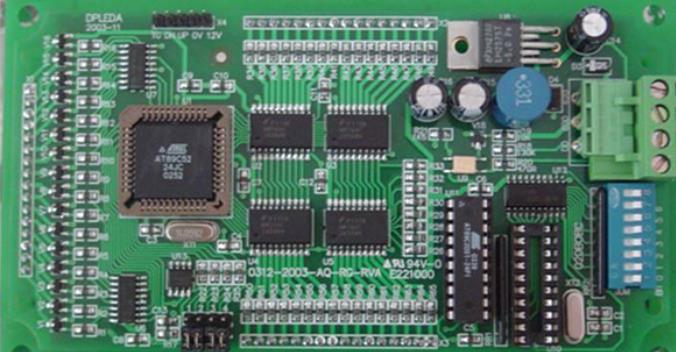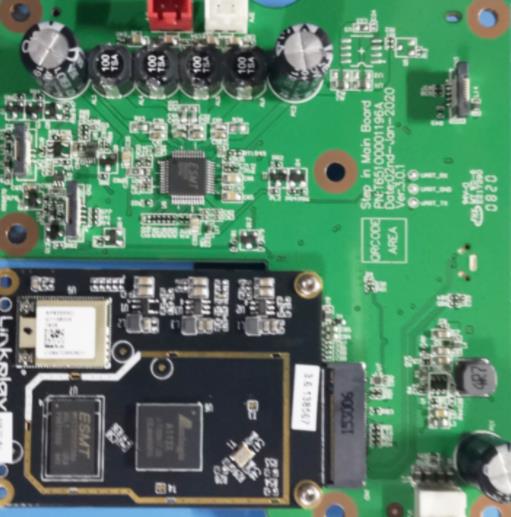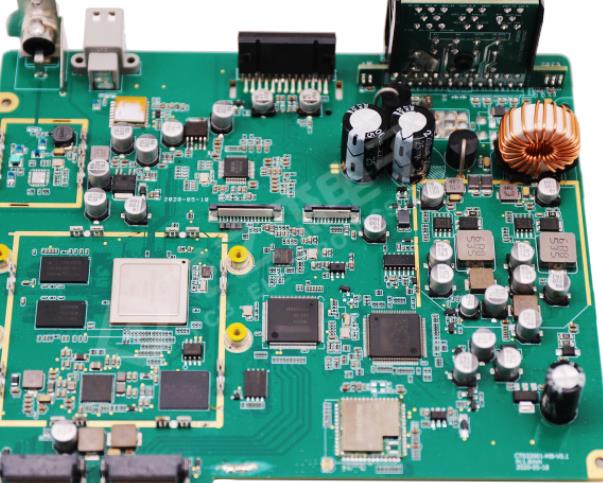
SMT placement operation content and its difference from SMD
1 Print the second negative and repeat the visual inspection
2. Before brushing solder paste, adjust the template, and clean the printing stand and template with alcohol.
3. After scraping the edge of the mesh, quickly lift the printing knife to restore the solder paste to the original printing position.
4. Open the lid of the solder paste bottle, take out the inner lid, and place the solder paste face up on a clean desk.
5 Lift the mold and take out whether the printing thickness on the PCB printed circuit board to be checked is consistent with the thickness at the template position
6. Select the scraper consistent with the substrate to be brushed, first check whether the scraper is intact, and replace it if there is any gap.
7. The printing knife faces the outer side of the solder paste, and the included angle between the printing knife and the template is 45-900 °, which can be scraped evenly along the printing direction.

8. After removing the solder paste, wipe the stirring knife and the solder paste bottle at will, and cover the bottle cap to prevent solder paste particles from drying.
9. Place the PCB in the direction you want to go This printed circuit board should be flat Make sure there are no foreign objects under the PCB, and then press the mold onto the PCB
10. The stirring knife takes out the solder paste and puts it into the steel mesh. The amount of solder paste shall be after each scraping knife, and the amount of solder paste shall not be less than 2/3 of the knife.
11. Use the solder paste stirring knife to stir evenly. After scraping the solder paste with the stirring knife, the solder paste will fall off automatically and cannot be clearly observed with the naked eye.
What are the differences between SMT and SMD
SMD is the abbreviation of surface mount device, which means surface mount device. It is one of SMT (surface mount technology) components, including chip, SOP, SOJ, PLCC, LCCC, QFP, BGA, CSP, FC, MCM, etc.
Surface mount components were introduced about 20 years ago, which ushered in a new era. From passive components to active components and integrated circuits, they eventually become surface mount devices (SMDs), which can be assembled by picking and placing devices. For a long time, it is believed that all pin components can eventually be packaged in SMD.
SMT is the abbreviation of Surface Mount Technology, which means surface mount technology. It is the most popular technology and process in the electronic assembly industry.
Surface mount technology is a new generation of electronic assembly technology, which compresses traditional electronic components into devices with a volume of only a few tenths, so as to achieve high-density, high reliability, miniaturization, low cost and automatic production of electronic products. This miniaturized component is called SMD device (or SMC, chip device). The process method of assembling components on PCB is called SMT process.
At present, SMT technology is mainly realized by equipment, called SMT equipment, which mainly includes plate loader, solder paste printer, automatic placement machine, reflow soldering furnace, and various auxiliary tools and equipment
The above is the explanation given by the editor of pcb circuit board company.
If you want to know more about PCBA, you can go to our company's home page to learn about it.
In addition, our company also sells various circuit boards,
High frequency circuit board and SMT chip are waiting for your presence again.







